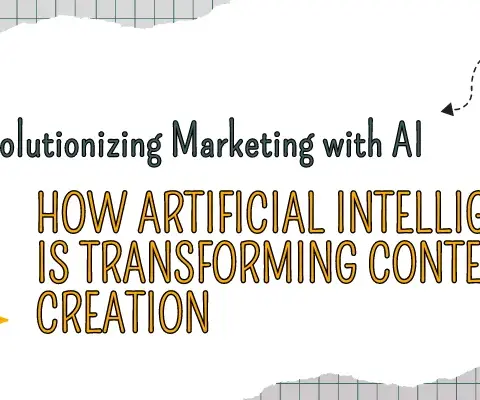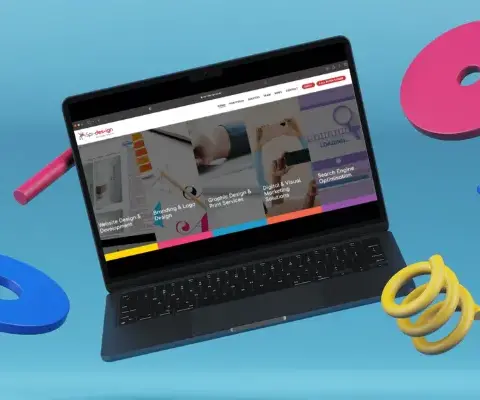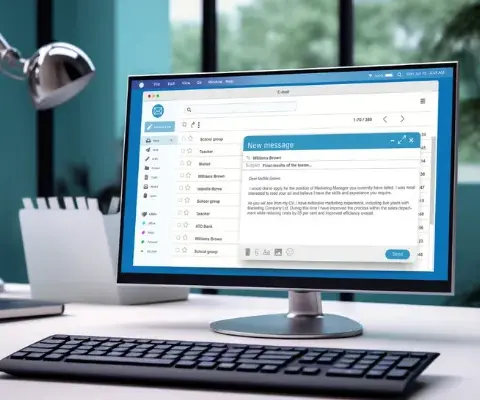Web design and development focused on user experience and functionality.
Introduction:
In today’s digital era, your website is often the first point of contact between your brand and potential customers. This makes web design and development focused on user experience (UX) and functionality essential rather than optional. Here’s how a user-centric approach can transform your online presence.
1. Prioritizing User Experience
User experience is at the heart of effective web design. A well-designed website should be intuitive, allowing visitors to navigate seamlessly. This means organizing content logically, using clear calls to action, and ensuring that the design aligns with user expectations. By focusing on UX, you not only enhance visitor satisfaction but also increase the likelihood of conversions.
2. Mobile-First Design
With an increasing number of users accessing websites via mobile devices, adopting a mobile-first design approach is essential. This means creating a responsive design that adapts to various screen sizes without compromising functionality. A mobile-friendly website improves accessibility and ensures that users have a consistent experience, whether on their phones, tablets, or desktops.
3. Speed and Performance
Website functionality is crucial in retaining visitors. Slow loading times can frustrate users and lead to high bounce rates. Therefore, optimizing your website for speed is imperative. This includes minimizing image sizes, leveraging browser caching, and optimizing code. A fast, responsive site not only enhances user experience but also boosts your search engine rankings.
4. Engaging Visuals and Content
Aesthetics matter. Engaging visuals can significantly improve user experience. By using high-quality images, consistent branding, and readable typography, you create a visually appealing environment that draws users in. Coupling this with valuable content ensures that visitors find what they’re looking for, keeping them engaged and informed.
5. Continuous Improvement
Web design and development is not a one-time effort. User feedback, analytics, and ongoing testing are essential for continuous improvement. Regularly assessing user behavior allows you to identify pain points and areas for enhancement, ensuring that your website evolves with user needs and technological advancements.
In Summary:
Prioritizing user experience and functionality in web design and development is crucial for creating a successful online presence. By focusing on intuitive navigation, mobile responsiveness, speed, engaging visuals, and ongoing improvements, you can build a website that not only attracts visitors but also converts them into loyal customers











































